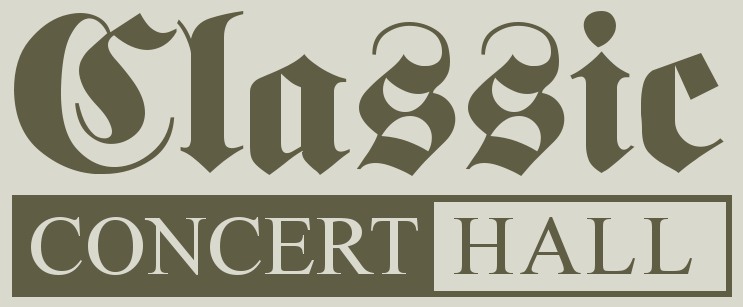Login

Praeludium und Fuge in C/e (2009)
 Comments (0)Comment on this musicLogin/Register to post a comment. |
Latest ThreadPassword security issue - please fix
|

 Comments (0)Comment on this musicLogin/Register to post a comment. |
Latest ThreadPassword security issue - please fix
|